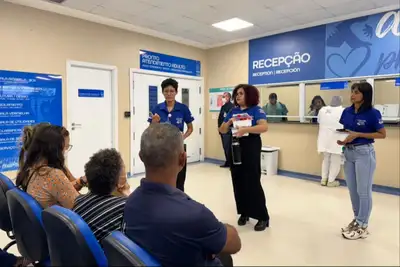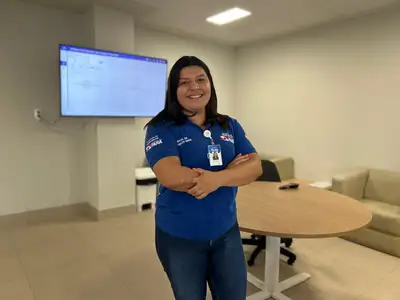Women's Hospital expands mammography services during 'Pink October'
The initiative is part of the state campaign 'Come Take Care of Yourself!', and aims to strengthen the prevention and early diagnosis of breast and cervical cancers.
As part of the actions of the campaign “Come Take Care of Yourself!”, promoted by the State Department of Public Health (Sespa), the Women's Hospital of Pará (HMPA), in Belém, started on Tuesday (7) the expansion of mammography exam offerings. The initiative is part of a set of strategies aimed at the prevention and early diagnosis of cervical and breast cancers, in reference to the Pink October movement.
The action is the result of a partnership established with the State Oncology Coordination of Sespa, which enables the offering of slots for mammography. The goal is to facilitate women's access to screening services, ensuring the scheduling of those who are identified in health actions carried out throughout the campaign.

For the general director of HMPA, Nelma Machado, the mobilization represents an important reinforcement in public health policies for the female audience. According to her, “Pink October is a time when we intensify care and attention to women's health. With this expansion, we are able to offer more opportunities for early diagnosis, which is essential to increase the chances of treatment and cure. Our commitment is to welcome these women with responsibility, agility, and sensitivity.”
In addition to the expansion of exams, HMPA conducts educational and health promotion actions, reinforcing the importance of prevention, self-care, and regular follow-up.
Required documents - On the day scheduled for the exam, patients must present, in addition to the referral, the medical request for mammography, duly filled out, as well as original personal documents and copies (ID, CPF, SUS card, and proof of residence).
The mobilization seeks, above all, to bring health services closer to women, ensuring that more people have access to essential exams for the early detection of cancer and, thus, save lives through information and continuous care.









